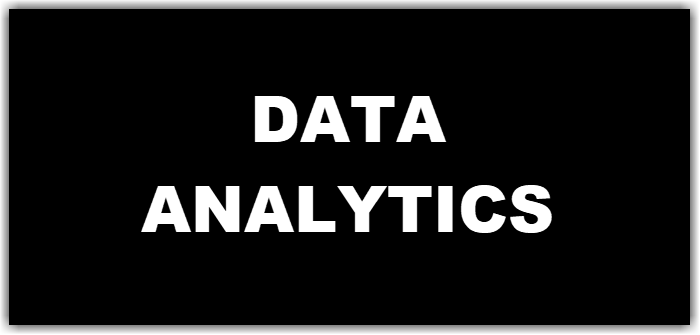Today, every organization has more data than ever at its disposal. However, deriving meaningful insights from it to improve operational efficiency remains a potent challenge. Data Analytics appears to be a practical solution to this problem.
What is Data Analytics?

Data Analytics refers to the process of examining copious amounts of Big Data to uncover hidden patterns, correlations and other insights with the aid of specialized systems and software.
It is a multidisciplinary field that employs various analysis techniques, including math, statistics, and computer science, to draw insights from data sets. It encompasses everything from simply analyzing data to theorizing ways of collecting data and creating the frameworks needed to store it.
It is a trending practice that many companies are embracing and adopting to gain competitive advantages over business rivals and drive new revenue. However, it is first essential to first understand its landscape (types, challenges, and opportunities) before putting it into the application.
From a market perspective, choosing the right type of Data Analytics tools for data analysis is necessary.
Data Analytics Tools can be distinguished into 2 basic types:
- Simple Data analytics
Mainly focuses on describing an event that has already occurred, finding its root causes and offering insights.
- Complex Data Analytics
it can be further sub-categorized into
- Predictive Modelling – data collected is mined for patterns indicative of future situations and behaviors.
- Prescriptive Modelling – subsumes the results of predictive analytics to suggest a corrected course of action that can take advantage of the predicted scenarios.
Depending on your organization’s appetite for Data Analysis, you can consider any of the above data Analytics applications to handle large volumes of data, improve operational efficiency, and drive new revenue.
What is Data Analytics used for
Even simple products sometimes have very complex potential problems and so different permutations/working solutions via Data analytics need to be incorporated to resolve the situation quickly. Other potential benefits include,
Faster and better decision-making
With the ability to analyze new sources of data, businesses can analyze information immediately – and make decisions based on what they’ve learned.
Cost reduction
Cloud-based analytics offer significant cost advantages. They help identify more efficient ways of doing business rather than relying on archaic trial-and-error methods.
New products and services
With the ability to gauge customer needs and satisfaction through analytics, more companies are now in a position to develop new products to meet customers’ needs.
Curbing money laundering menace
In recent years, money laundering risks have grown in complexity and scale. Data analytics has proved immensely helpful in detecting and pursuing transnational crime and money laundering, thereby strengthening the regulatory framework enforcement approach.
I hope this gives you some basic idea of what Data Analytics is all about.
Data Analytics helps to understand unusual patterns, discover market trends and analyse customer choice that indirectly helps the companies to make effective strategies.